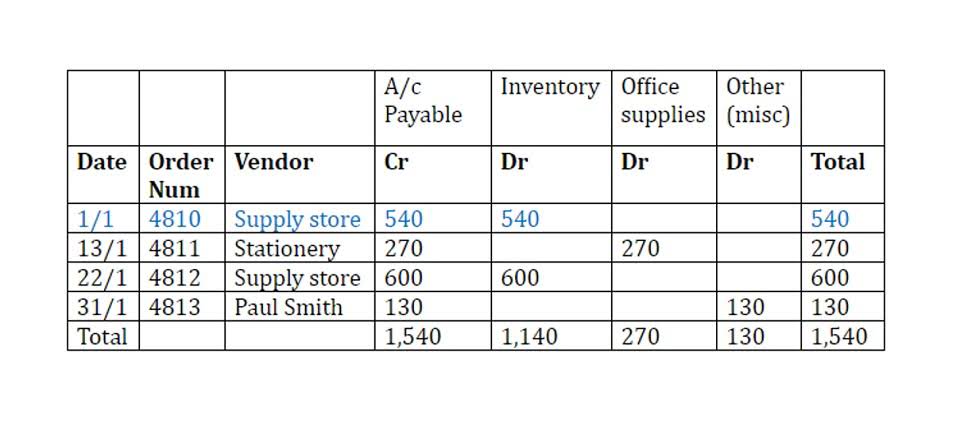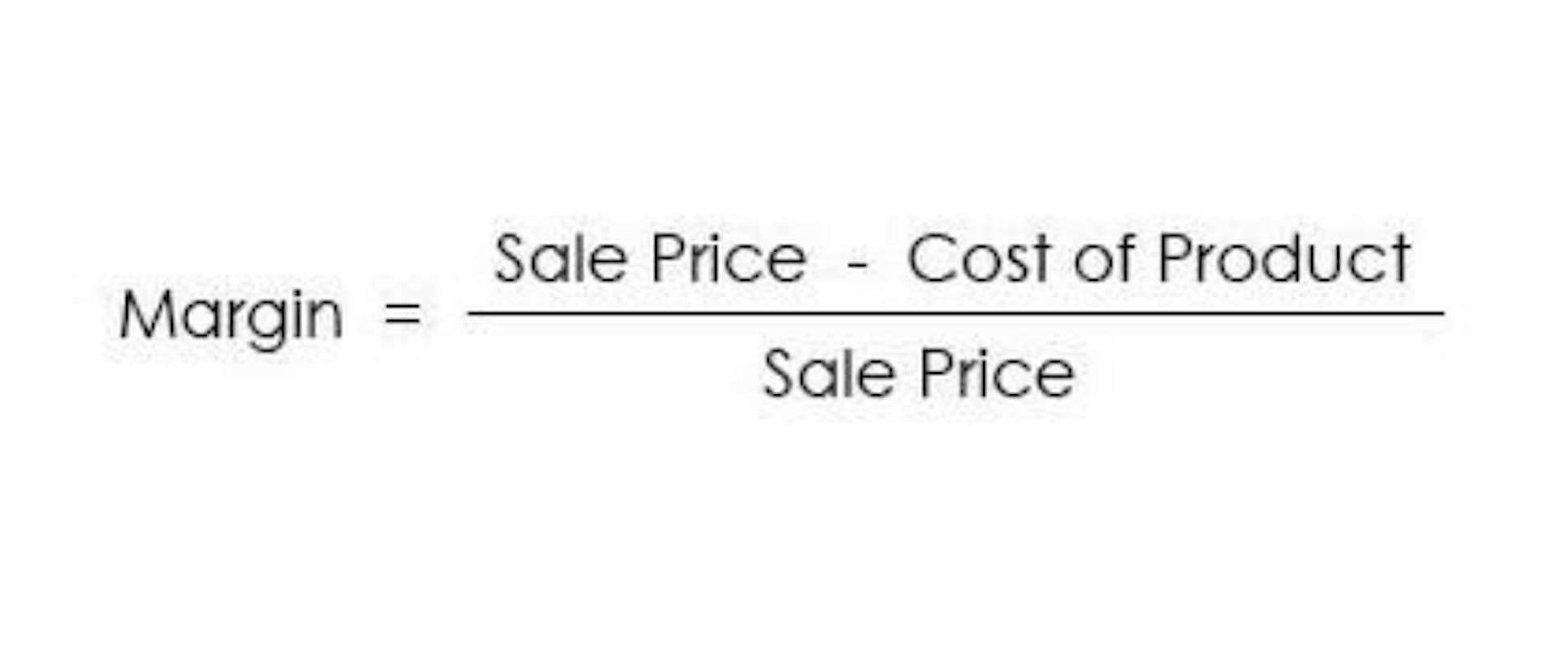Income Summary Definition, Purpose, How to Close

Temporary accounts include revenue, expenses and dividends. Each of these accounts must be zeroed out so that on the first day of the year, we can start tracking these balances for the new fiscal year. Remember that the periodicity principle states that financial statements should cover a defined period of time, generally one year. If we do not close out the balances in the revenue and expense accounts, these accounts would continue to contain the revenue and expense balances from previous years and would violate the periodicity principle. The purpose of closing entries is to prepare the temporary accounts for the next accounting period.

Trial Balance

After the financial statements are finalized and you are 100 percent sure that all the adjustments are posted and everything is in balance, you create and post the closing entries. The closing entries are the last journal entries that get posted to the ledger. Under the accrual basis of accounting the account Supplies Expense reports the amount of supplies that were used during the time interval indicated in the heading of the income statement. Supplies that are on hand (unused) at the balance sheet date are reported in the current asset account Supplies or Supplies on Hand. Dividends are close to the income summary and retained earnings. Therefore, the retained earnings account shows the earnings that are kept, net income fewer dividends in the business.
- It was declared at $1.2 billion or %3.03 for each diluted common share.
- Salaries Expense will usually be an operating expense (as opposed to a nonoperating expense).
- Remember the income statement is like a moving picture of a business, reporting revenues and expenses for a period of time (usually a year).
- Despite the various advantages listed above, there are a few factors that act as hassles while maintaining an income summary account.
- Let us understand the concept of an income summary account with the help of a couple of examples.
- You might have heard people call this “closing the books.” Temporary accounts like income and expenses accounts keep track of transactions for a specific period and get closed or reset at the end of the period.
What is an Income Summary Account?
However, if we base our opinion on this, it is arguable that the new company that usually expects the loss at the beginning years would assume that the income summary normal balance is normal balance of income summary on the debit side instead. However, some corporations use a temporary clearing account for dividends declared (let’s use “Dividends”). They’d record declarations by debiting Dividends Payable and crediting Dividends. If this is the case, then this temporary dividends account needs to be closed at the end of the period to the capital account, Retained Earnings.
- The gain is the difference between the proceeds from the sale and the carrying amount shown on the company’s books.
- Double Entry Bookkeeping is here to provide you with free online information to help you learn and understand bookkeeping and introductory accounting.
- Costs that are matched with revenues on the income statement.
- A credit to a liability account increases its credit balance.
- Delivered as SaaS, our solutions seamlessly integrate bi-directionally with multiple systems including ERPs, HR, CRM, Payroll, and banks.
- We empower accounting teams to work more efficiently, accurately, and collaboratively, enabling them to add greater value to their organizations’ accounting processes.
Income summary debit or credit

In other words, the income and expense accounts are “restarted”. Likewise, shifting expenses out of the income statement requires you to credit all of the expense accounts for the total amount of expenses recorded in the period, and debit the income summary account. This is the first step to take in using the income summary account. Thus, shifting revenue out of the income statement means debiting the revenue account for the total amount of revenue recorded in the period, and crediting the income summary account. Once the temporary accounts are closed to the income summary account, the balances are held there until final closing entries are made. Once all the temporary accounts are closed, the balance in the income summary account should be equal to the net income of the company for the year.

The balance in Retained Earnings agrees to the Statement of Retained Earnings and all of the temporary accounts have zero balances. Little Landscaping, LLC is now ready to start the new year. The trial balance, after the closing entries are completed, is now ready for the new year to begin. Think back to all the journal entries you’ve completed so far. Have you ever done an entry that included Retained Earnings?
What is Accounting?
You can either close these accounts directly to the retained earnings account or close them to the income summary account. To close the income summary to retained earnings, debit the income summary account for its balance and credit the retained earnings account with the same amount, reflecting the net income or net loss for the period. This process updates retained earnings and resets the income summary account to zero.
Income summary for expenses

This is the second step to take in using the income summary What is bookkeeping account, after which the account should have a zero balance. The income summary is a temporary account used to summarize revenues and expenses for the specific purpose of closing out accounts at the end of a financial period. In contrast, the income statement is a detailed financial statement that reports a company’s total revenues, expenses, and net income or loss over a specific period. Yes, the income summary is a temporary account used to summarize revenues and expenses for a specific period before transferring the net income or net loss to the retained earnings account. It is reset to zero at the end of each accounting period and does not carry a balance forward. The income summary account process ensures the generation of accurate financial statements and ensures that the revenues and expenses for the accounting period are accurately closed for that period.
- Dividends are close to the income summary and retained earnings.
- This is the only time that the income summary account is used.
- For example, Accumulated Depreciation is a contra asset account, because its credit balance is contra to the debit balance for an asset account.
- In other words, the income and expense accounts are “restarted”.
Now that the journal entries are prepared and posted, you are almost ready to start next year. Remember, modern computerized accounting systems go through this process in preparing financial statements, but the system does not actually create or post journal entries. It may be assumed that the income summary normal balance is on the credit side as this refers that the company expects the net income at the end of the period, in which it usually does expect that.


Leave a Reply